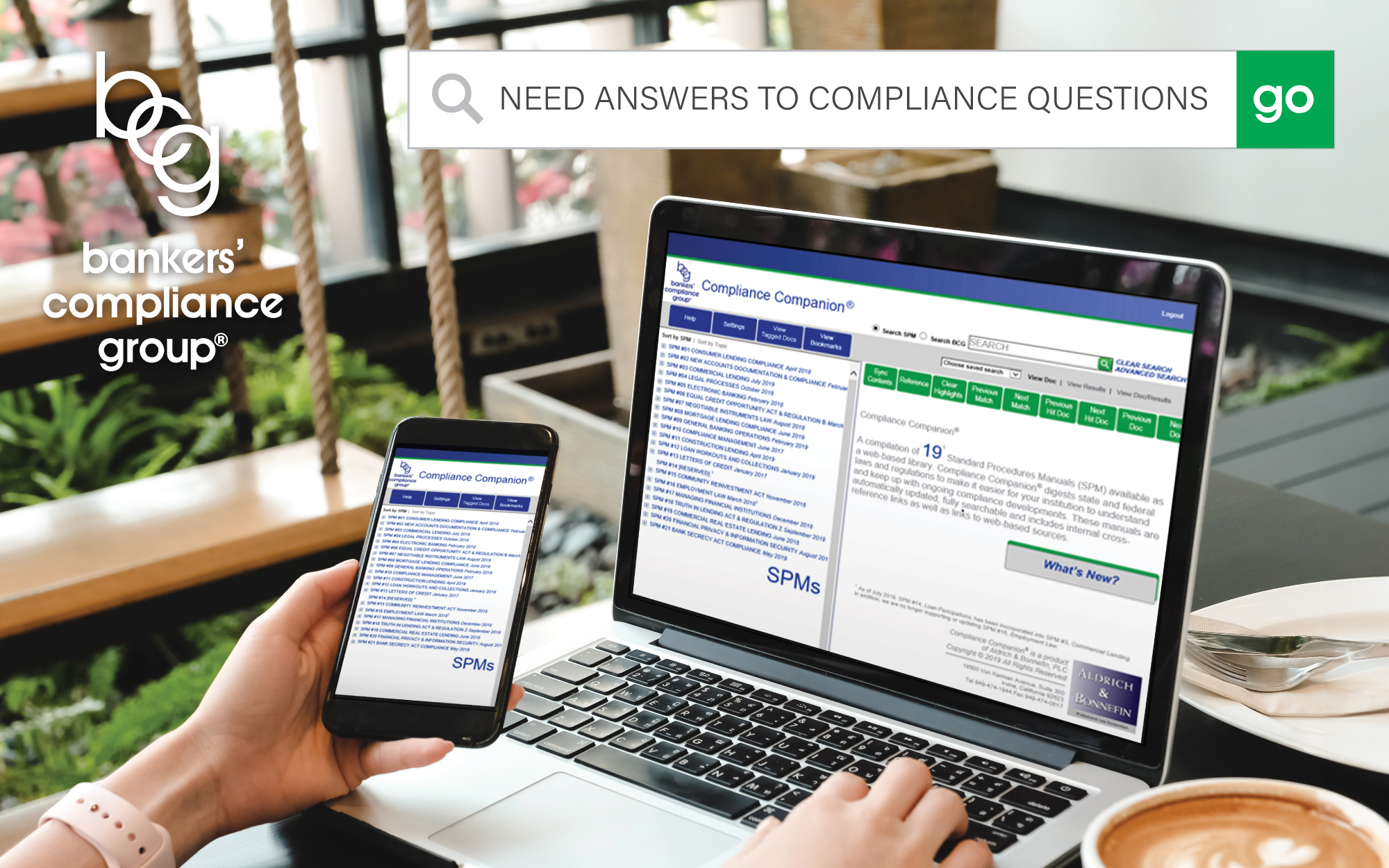Customer data fuels efficient and effective marketing these days. Community banks own an enviable amount of data, but not all are leveraging it to its fullest extent.
Market your community bank with first-party data
March 01, 2023 / By Mindy Charski
Customer data fuels efficient and effective marketing these days. Community banks own an enviable amount of data, but not all are leveraging it to its fullest extent.
People share important data about themselves with their community bank in myriad ways. It happens every time they open a checking account, apply for a mortgage, make a direct deposit, log into a bank’s website or chat with a banker, and more. From these actions, community banks receive data on their income, home address, email address, credit card debt, employer and financial products they want to learn more about.
It all forms what is referred to as first-party data, or information that organizations own and collect themselves, and it’s generally considered more valuable and accurate than information that outside providers collect, or third-party data.
“When we have first-party data, we can target much more precisely and can obviously reach those individuals one-to-one.”—Andrew Catalano, Austin Williams
While most community banks aren’t yet using first-party data for marketing purposes to grow revenue and retain customers, experts say those willing to invest in the effort can reap big rewards.
“To be able to get access to first‑party data and use it strategically is probably the next big opportunity for banks,” says Eric Cook, chief digital strategist at digital marketing agency WSI Digital in Prudenville, Mich.
First-party data for targeted marketing campaigns
Community banks can use their first-party data to upsell and cross-sell to existing customers with highly relevant messages. “When we have first-party data, we can target much more precisely and can obviously reach those individuals one-to-one,” says Andrew Catalano, chief innovation officer of digital marketing agency Austin Williams in Long Island, N.Y.
For example, instead of sending 20,000 mailers about a home equity line of credit to everyone within a certain radius of a branch, a bank could focus the campaign on only customers in its database who it deems may be in-market for one. “We can look at people who got a new mortgage within the last one to two years and make over X amount of dollars in income and meet whatever other qualifications,” Catalano says.
In addition to direct outreach efforts, first-party data can be used for advertising campaigns across a variety of media, including streaming services and social media. “We can take that data and we can reach that person online,” Catalano says. “If we have an export of phone numbers or email addresses from our client, we can take that to Facebook, and Facebook can match those phone numbers and emails to user accounts and serve ads to those people specifically.”
Banks can also employ first-party data to build predictive models that can inform their marketing efforts. These models could predict which products individual customers will need next, for example, and which customers are likely to leave the bank and should be put in retention programs, says Ryan Wilson, vice president of client relationships at Aunalytics. The South Bend, Ind.-based company can tap into bank databases, including the core processing system, to generate advanced analytics and insights.
Data about existing customers can even help community banks improve their efforts to find new customers. “The key is to understand the profiles of the best and [more challenging] customers, which can then impact who you target for solicitation,” says Stephenie Williams, vice president, financial institution marketing product and strategy at marketing solutions company Vericast in San Antonio.
Enhance the customer experience with first-party data
Community banks pride themselves on offering excellent customer service and anticipating the needs of clients. They can supercharge those efforts with first-party data.
Take online banking, for example. Community banks can welcome customers by name when they log in. In addition, banks can send a message to specific customers that congratulates them on being a candidate for a loan, Cook says. The message could include a link to a local lender’s calendar to set up a conversation. “Just make it easy for people to take the next step in that discovery process,” he says.
Likewise, customer service associates who have data at their fingertips can play their own marketing role. “When [customers] call in, if [associates] knew that their next best product could be a CD, they can have that conversation and more intimate relationship,” Wilson says. “We know that community banks want that white glove service in the community.”
How to activate first-party data
Though financial institutions own a treasure trove of data, some marketing teams might not be able to determine key information like which customers are small-business owners, who uses online banking and who is unprofitable for the bank. A big reason is because those valuable insights are often siloed away in a core system that marketers can’t access.
In addition, many marketers don’t have tools for capturing customer information themselves. They may not have customer relationship management (CRM) software, which can store customer data and handle tasks like segmenting customers and tracking leads. Or, they may lack a marketing automation system, which can help banks manage their emails and send automated messages based on how recipients engage with content.
There could be other factors at play beyond the technical. Cook, who was once a community banker himself, says many senior managers think, “‘We don’t want to be intrusive, we don’t want to freak our customers out, we don’t want to seem greedy, we don’t want to overstep our bounds.’”
Making the investment
On top of that, he says many balk at the cost of the technologies. “Marketing for a lot of folks still is a necessary evil,” Cook says. “It’s not seen as an asset, income-producing activity.”
Successfully leveraging first-party data does come with a high price tag because of the required additional tools and resources necessary to own, understand and capitalize on such data.
“These are projects in the hundreds of thousands of dollars, ultimately, if you do it all right,” says Crystal Steinbach, digital and marketing automation manager at Mills Marketing in Storm Lake, Iowa. “But that doesn’t mean you’re taking on all of that cost at one time.” These efforts often will roll out incrementally over time, according to Steinbach.
Extracting marketing value from first-party data can be a long, complicated and expensive endeavor. Yet, Catalano says doing so can be a strategic advantage for banks. He adds, “Even if they’re not using [first-party data] right away, but if they’re starting to collect it and starting to get proper opt-ins, those folks are at a major advantage.”
Early considerations for implementing a first-party data strategy
Experts offer these tips for community banks who want to leverage their first-party data:
Invest in a CRM and other marketing tools that can get access to data within the core system.
Prioritize data accuracy. Eric Cook, chief digital strategist of digital marketing agency WSI Digital, has a client who can’t send birthday emails to customers through marketing automation because the bank can’t determine which spouse’s email address is in its core system. Unreliable data creates missed opportunities.
Take measures to protect data. “Organizations are increasingly required to do so by laws, regulations and the desire to maintain a good reputation and trust with their customers,” says Stephenie Williams of Vericast. She says banks need to understand where customer data is located and its lifecycle within the organization. They should also conduct risk assessments and put protections in place to manage risks.
Get buy-in from department leaders. “Change management is a huge deal with these solutions,” says Crystal Steinbach, digital and marketing automation manager at Mills Marketing. For instance, she says before implementing a CRM, banks need a plan to incentivize employees to use it and perhaps even tie their performance metrics to CRM usage. “What our banks are forgetting is, besides all the first-party data that lives within our core … our sales and support teams are talking to people every day,” she says. “They know so much about customers that if that doesn’t get translated into data, usable data at scale, we’re not going to be able to take advantage of that either.”
Adjust processes accordingly. Processes may need to change as well. For example, banks need permission to send emails with promotional content. Yet, while many banks ask for email addresses when people sign up for new accounts, they don’t ask if it’s OK to send emails. “That’s one of the big barriers we have,” Andrew Catalano, chief innovation officer of digital marketing agency Austin Williams says.
Subscribe now
Sign up for the Independent Banker newsletter to receive twice-monthly emails about new issues and must-read content you might have missed.
Sponsored Content
Featured Webinars
Join ICBA Community
Interested in discussing this and other topics? Network with and learn from your peers with the app designed for community bankers.
Subscribe Today
Sign up for Independent Banker eNews to receive twice-monthly emails that alert you when a new issue drops and highlight must-read content you might have missed.
News Watch Today

Join the Conversation with ICBA Community
ICBA Community is an online platform led by community bankers to foster connections, collaborations, and discussions on industry news, best practices, and regulations, while promoting networking, mentorship, and member feedback to guide future initiatives.











